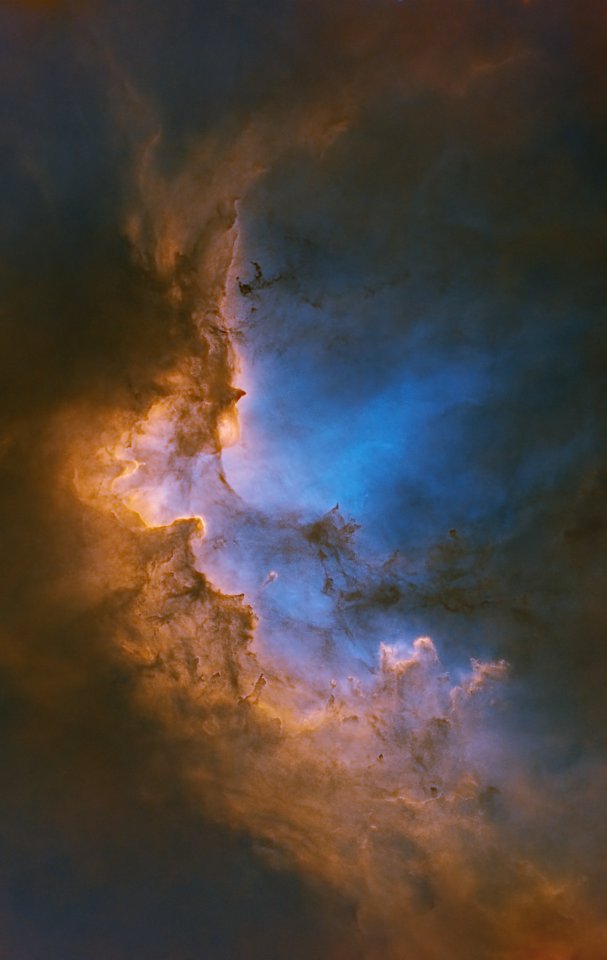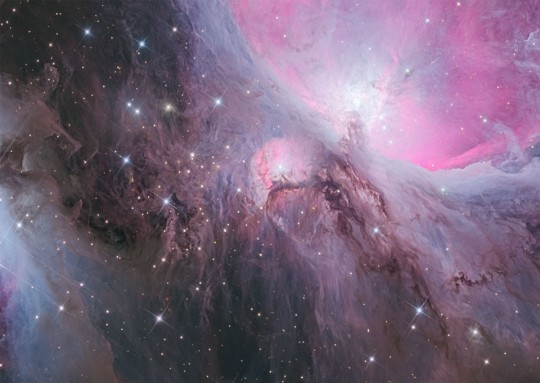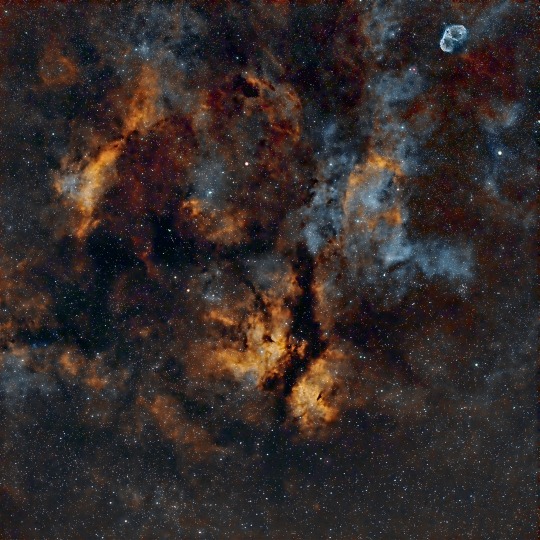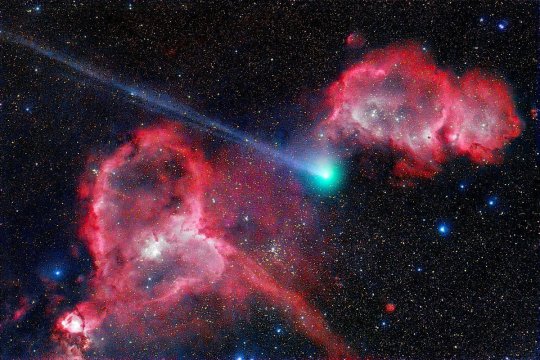Text



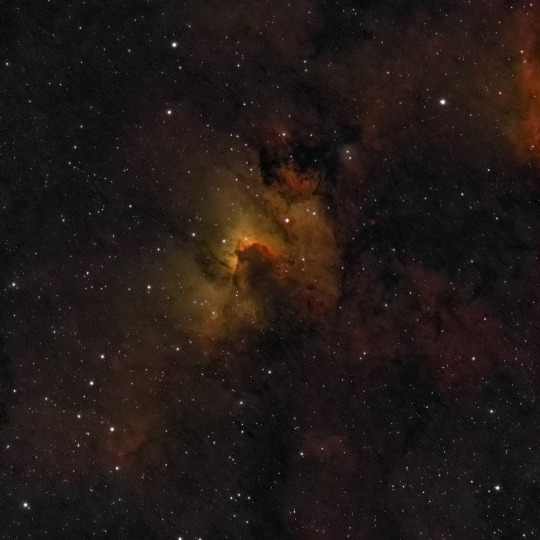


"We are made of star stuff." —Carl Sagan
l all taken by Roger Hyman
2K notes
·
View notes
Photo

2023 September 28
The Deep Lagoon Image Credit & Copyright: Josep Drudis, Christian Sasse
Explanation: Ridges of glowing interstellar gas and dark dust clouds inhabit the turbulent, cosmic depths of the Lagoon Nebula. Also known as M8, The bright star forming region is about 5,000 light-years distant. It makes for a popular stop on telescopic tours of the constellation Sagittarius toward the center of our Milky Way Galaxy. Dominated by the telltale red emission of ionized hydrogen atoms recombining with stripped electrons, this deep telescopic view of the Lagoon’s central reaches is about 40 light-years across. The bright hourglass shape near the center of the frame is gas ionized and sculpted by energetic radiation and extreme stellar winds from a massive young star.
∞ Source: apod.nasa.gov/apod/ap230928.html
258 notes
·
View notes
Text

Stolen
#musician memes#metal music#music meme#funnyshit#funny content#funny post#mosh pit#deathcore#metalcore#heavy music#dank memes#memes#memesdaily#Spotify
3 notes
·
View notes
Text
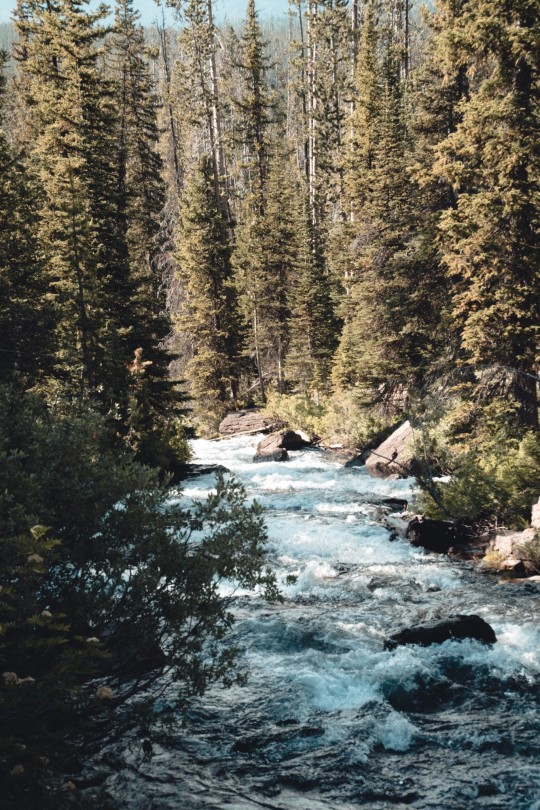
Targhee National Forest, Idaho. Photo by Sean Musil.
696 notes
·
View notes
Text

IC 1396 and Sh2-129
Some nebula have everything, and IC 1396 and SH2-128 certainly do.
Dark nebula (concealing dust) makes up a trunk like shape in IC 1396 (left), while clusters of newly born blue giants irradiate the hydrogen gas, making it glow red (emissions nebula), and to the right a squid shaped planetary nebula, the remains of a sun like star that ended it's days a couple of thousand years ago.
Every nebula is a story, and is a future story to tell, our very own Sun born into one, once jostled around a cluster by far larger stars, but eventually escaping to become the small G type star on a 10 billion year trip around the Milky Way.
64 notes
·
View notes
Text

Open Cluster of Stars Born in the Rosetta Nebula
5,200 light years from Earth in the constellation of Monoceros, lies a newly born cluster of stars (around 2 million years old), formed from the dust and gas around it, and now exerting a stellar wind that is clearing out a bubble around the cluster. Towards the edge of this bubble a series of knots and dark clumps can be seen, where protostars are forming. The very act of the cluster is to increase the density at the edges of the bubble, and create more stars.
Our own Sun was once born in a similar environment, cast out of the nest and since forged it's own path around the galaxy centre.
62 notes
·
View notes
Text

The Crescent Nebula (NGC 6888, upper left) and the Tulip Nebula (Sh2-101, right) // Jason Coon
122 notes
·
View notes
Text

The Flying Dragon Nebula, Sh2-114 // Peter Horstink
924 notes
·
View notes
Text
0 notes
